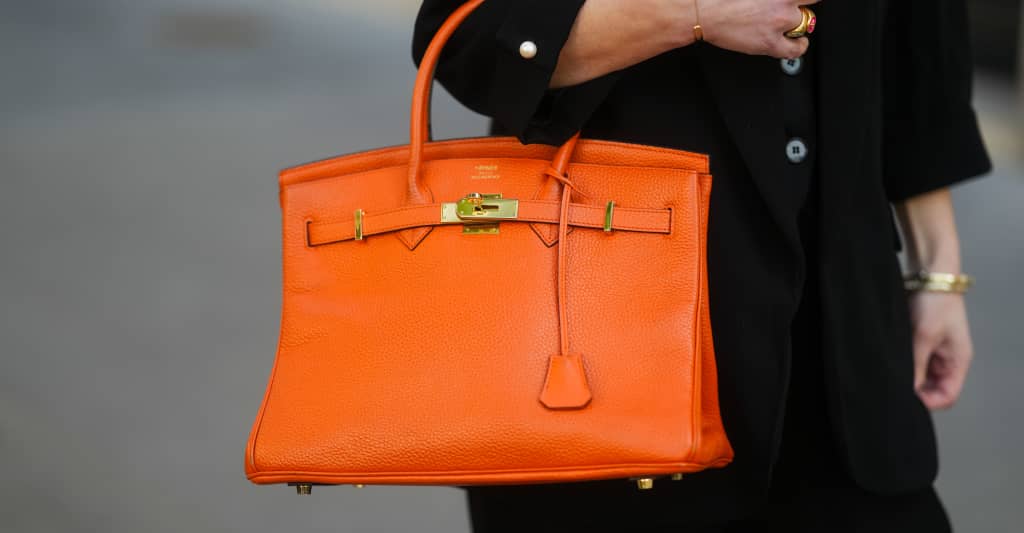The Reality Behind Purchasing Luxury Brands
Understanding Luxury Brand Supply Chains
The luxury fashion industry has faced increasing scrutiny regarding the transparency of its supply chains. Many brands tout their origins—such as French ateliers for Hermès—yet often resort to outsourcing part of their production processes to countries like China to save on labor costs.
The Counterfeit Dilemma
It’s crucial to clarify a common misconception: when purchasing from third-party sellers, you’re not getting luxury items at bargain prices. For instance, it’s unrealistic to find a legitimate Hermès bag priced at $600 or Lululemon leggings for $6. Reports from CNN indicate that many of these TikTok sellers are most likely marketing counterfeit products rather than authentic items. “Legitimate manufacturers usually sign non-disclosure agreements, so it’s unlikely that these TikTok creators are selling the real thing.”
@karina_krash093 Hats down to 🇨🇳 manufacturers for making all of our fashion goals come to fruition this year 🫡 #china #tariffs ♬ 原聲 – 一曲入心
The Economic Reality of Shopping Third-Party
Shopping through third-party platforms can lead to complicated issues, especially concerning tariffs. According to The Verge, these shipments may incur additional tariffs or flat rates per package. This situation underscores the reliance of American consumers on Chinese manufacturing amid rising tensions, reflected in the popularity of sourcing content on platforms like TikTok.
The growth of sourcing-related content highlights not only the complexities of international trade but also consumer anxiety regarding tariffs. Consequently, platforms such as DHgate and Taobao are experiencing significant traffic, holding the second and fifth positions, respectively, in the U.S. Apple App Store.

